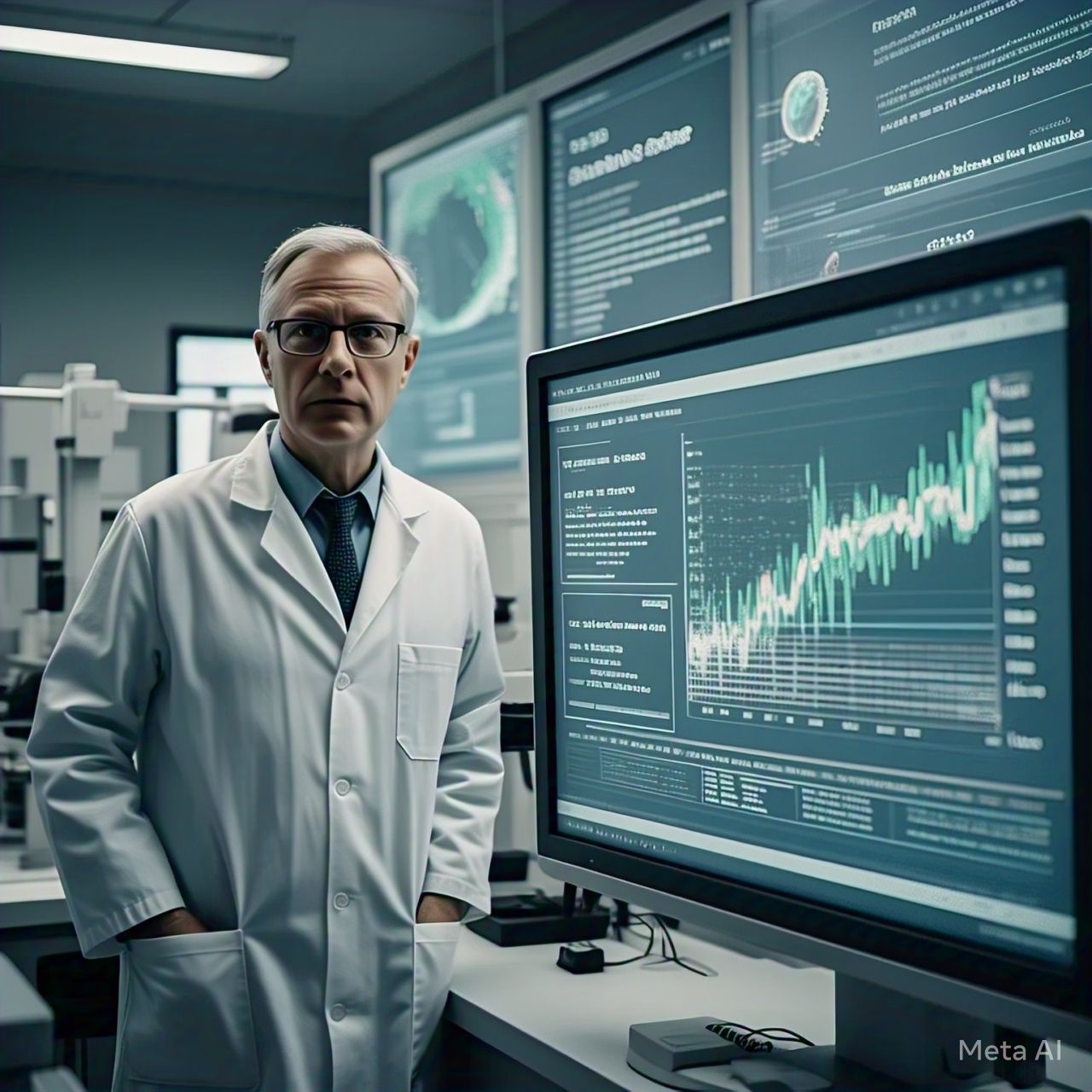Introduction
Artificial Intelligence (AI) is emerging as a powerful tool in the fight against climate change, offering innovative solutions for monitoring, predicting, and mitigating environmental impact. However, AI’s rapid expansion also raises concerns about its own carbon footprint and potential unintended consequences. Is AI a savior in addressing climate challenges, or could it pose a new threat to the environment?
How AI Is Helping Combat Climate Change
1. Climate Modeling and Predictions
AI-driven models can analyze massive datasets to predict climate patterns with higher accuracy. These predictive capabilities assist in:
- Early warning systems for extreme weather events
- Improved climate risk assessments for governments and businesses
- More accurate forecasting of long-term climate changes
2. Renewable Energy Optimization
AI enhances the efficiency and adoption of renewable energy sources by:
- Optimizing solar and wind power generation based on weather data
- Predicting energy demand to reduce waste
- Managing smart grids to distribute electricity more effectively
3. Precision Agriculture and Deforestation Prevention
AI supports sustainable farming and forest conservation through:
- Machine learning-powered monitoring of soil and crop health
- Early detection of illegal deforestation using satellite imagery
- Automated irrigation systems that conserve water resources
4. Carbon Capture and Reduction Strategies
AI-driven technologies are being developed to:
- Improve carbon capture and storage methods
- Enhance industrial energy efficiency to cut emissions
- Optimize transportation systems to reduce fuel consumption
The Environmental Risks of AI
1. High Energy Consumption of AI Systems
AI models, particularly deep learning and large-scale machine learning, require vast computational resources, leading to:
- Increased electricity demand for training and running AI models
- Carbon emissions from data centers powered by fossil fuels
- A growing need for sustainable AI infrastructure
2. E-Waste and Resource Exploitation
The development and deployment of AI rely on hardware that contributes to:
- Increased electronic waste (e-waste) from obsolete AI devices
- The mining of rare earth metals used in AI hardware production
- Environmental degradation from the disposal of outdated technology
3. Ethical and Social Challenges
AI’s role in climate change mitigation must also address:
- The digital divide, where developing nations may lack access to AI benefits
- The potential for AI to be misused for greenwashing or misleading climate claims
- Bias in AI models that may impact decision-making in environmental policies
Striking a Balance: Sustainable AI for Climate Action
1. Green AI Initiatives
To minimize AI’s carbon footprint, researchers and tech companies are exploring:
- Energy-efficient AI algorithms and hardware
- AI-powered data centers running on renewable energy
- Sustainable AI practices that prioritize low-impact computing
2. Policy and Governance
Governments and organizations play a crucial role in ensuring responsible AI deployment by:
- Establishing policies to regulate AI’s environmental impact
- Encouraging AI solutions that promote sustainability
- Supporting research in AI-driven climate innovations
Conclusion
AI holds immense potential to combat climate change, from improving renewable energy systems to predicting climate risks. However, it also poses environmental challenges, such as high energy consumption and resource exploitation. The key to leveraging AI as a climate change solution lies in developing sustainable AI technologies, enforcing responsible policies, and ensuring AI innovation aligns with environmental goals. Whether AI becomes a savior or a threat ultimately depends on how it is managed in the fight against climate change.




